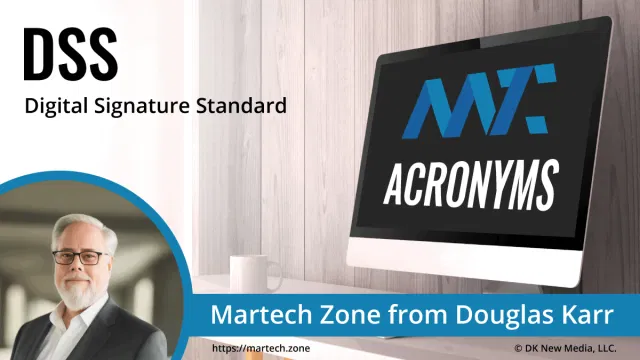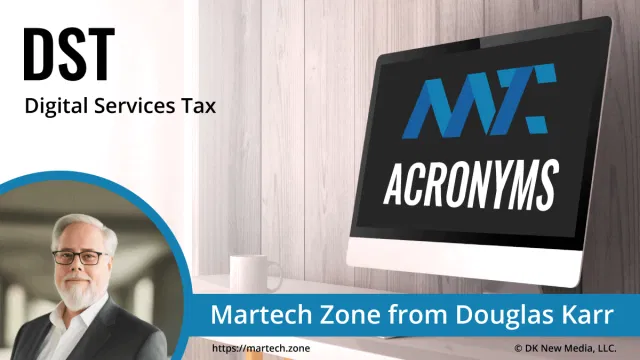Acronyms
Sales, Marketing, and Technology Acronyms and Abbreviations. Jump to acronyms beginning with the number or letter:
-

DSP
A DSP is a software platform that allows advertisers and agencies to automate the purchase of digital ad inventory across multiple ad exchanges and networks in real-time. Key features and functions of a DSP in AdTech include: Audience targeting: DSPs…
-

DSP
A software process that takes the power of computers and specialized processors to manipulate and analyze signals like sound, images, and sensor data that have been converted into digital form. Think of it as a way to refine and understand…
-

DSS
A United States Federal Government standard for digital signatures. It specifies a suite of algorithms for generating digital signatures, providing a method for verifying the authenticity and integrity of digital messages or documents. Features and capabilities include: Authentication: Verifies the…
-

DSS
A system that supports decision-making activities in organizations. It utilizes data, models, and analytical tools to provide insights that support decision-making in complex and unstructured situations. When it comes to marketing and sales, a DSS can help to analyze large…
-

DST
A tax levied on the gross revenue of large multinational companies, primarily in the technology sector, that generate revenue from providing digital services in a particular jurisdiction. It aims to address the mismatch between where these companies generate revenue and…
-

DSVGO
The German term for the EU’s General Data Protection Regulation (GDPR). In force since May 25, 2018, it sets strict rules for how organizations collect, process, store, and share personal data. It applies to all EU-based businesses and to non-EU…
-

DTC
Also abbreviated as D2C, DTC is a retail model where manufacturers or brand owners sell directly to consumers, eliminating traditional intermediaries such as wholesalers, distributors, and retailers. This model fosters a closer relationship between the brand and its customers, offering…
-
DTD
A set of rules and guidelines defines a markup language’s structure and elements, such as HTML or XML. A DTD specifies the allowed elements, attributes, and relationships within a document, ensuring that it follows a predefined structure and adheres to…
-

DTLS
A cryptographic protocol that provides privacy, authentication, and integrity for applications using datagram-based transport protocols, such as User Datagram Protocol (UDP). It is essentially a modified form of Transport Layer Security (TLS) designed to work with the unreliability and unordered…
-

DTR
A digital distribution model where consumers pay for temporary access to a video or other media content. This rental model allows consumers to download the content to their device and watch it for a limited time, typically within a window…








